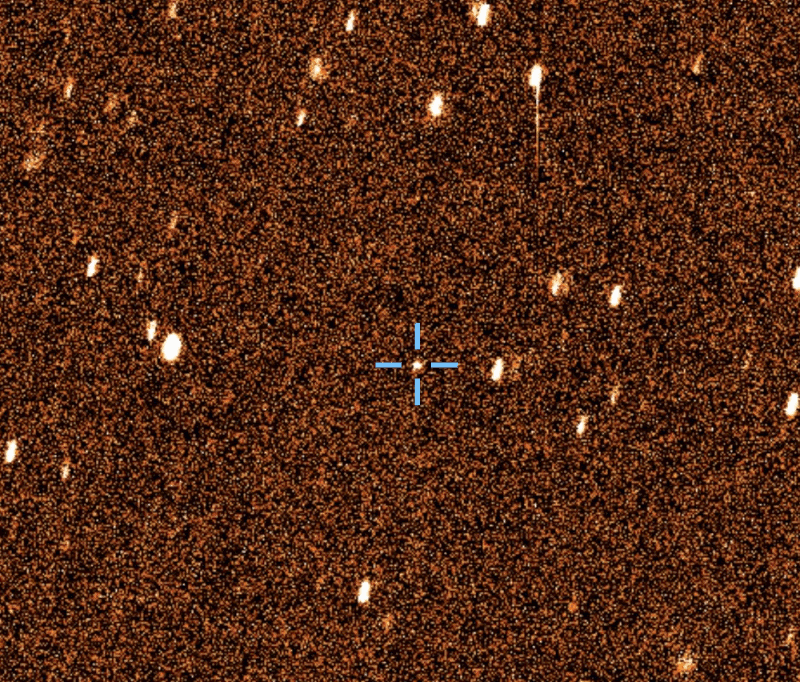
The European Space Agency (ESA) released this image April 30, 2020, of small asteroid 2020 HS7, which zipped past Earth shortly before a much larger asteroid – mile-wide 1998 OR2 – but coming much, much closer. The larger asteroid passed us at 16 times the moon’s distance. The smaller asteroid came close enough to sweep near satellites in Earth’s geostationary ring, sweeping by at about 23,000 miles (36,400 km). According to ESA, the small space rock passed only about 750 miles (1200 km) from the nearest satellite. That’s a close shave on the scale of outer space!
Read more about 1998 OR2 here.
2020 HS7 is estimated to be between 13 and 24 feet (4 to 8 meters) in diameter. It made its closest approach at 2:51 p.m. EDT (18:51 UTC) on April 28, 2020. Translate UTC to your time zone. Its passing wasn’t anything unusual. Lindley Johnson, Planetary Defense Officer and Program Executive for the Planetary Defense Coordination Office at NASA Headquarters in Washington, D.C., explained in a statement:
Small asteroids like 2020 HS7 safely pass by Earth a few times per month. At its closest approach 2020 HS7 will pass Earth by a distance of about 23,000 miles/36,400 km. It poses no threat to our planet, and even if it were on a collision path with Earth it is small enough that it would be disintegrated by our Earth’s atmosphere.
Bottom line: Small asteroid 2020 HS7 swept close to the path of satellites in Earth’s geostationary ring on April 28, 2020.
Read more from ESA: Asteroid grazes path of satellites in geostationary ring











